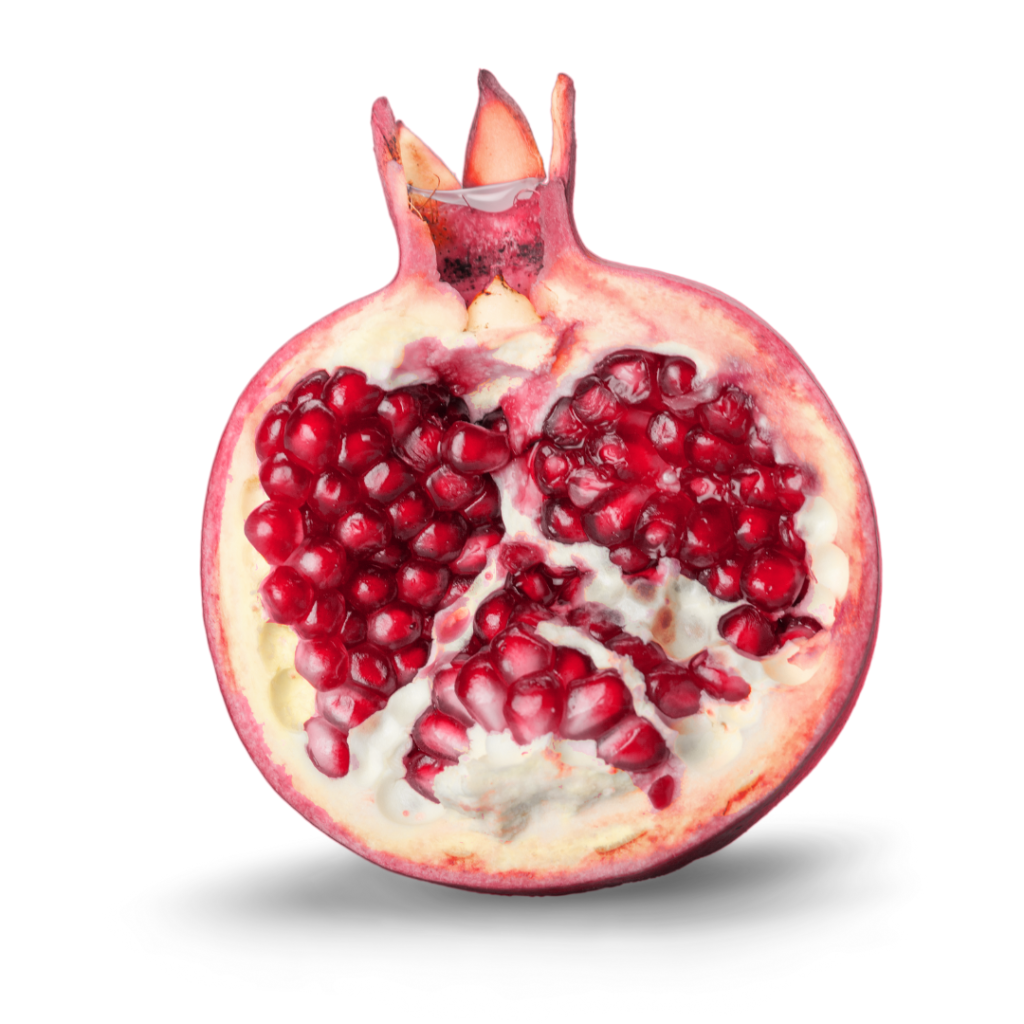Biblical Symbolism

Stories that invite us into relationship with the Lord
The Bible is rich with stories that invite us into relationship with the Lord. Every verse is a thousand pages deep; it is the glory of God to conceal a matter and the glory of kings to search it out (Proverbs 25:2).
Some passages are very clear. They shine brightly, while others are veiled and invite us to search out their deeper meaning.
Layers of revelation
Much of scripture has layers of revelation. There is a historical and literal meaning, but this is often intertwined with symbolic meaning as well that conveys theological truth, wisdom and insight. Symbols are not meant to be taken literally but rather serve as figurative language that communicate more complex theological concepts, wisdom and insight.
The humble pomegranate

Take for example the humble pomegranate. It is mentioned in Numbers 13:23 and Deuteronomy 8:8. Both passages refer to the promised land, and it is symbolic of the fruitfulness that the Lord had promised to the Israelites. It is also mentioned in Joel 1:12 and Haggai 2:19. Again, it is referred to a symbol of fruitfulness, but also the wealth of a nation.
You can go further… Pomegranates (along with bells) were also sewn into the hem of the high priest’s robe (Exodus 28:33-35). They were embroidered in to the robe with blue, scarlet and purple. A casual reading would think, “So what? That’s a nice design, the Lord likes pomegranates and those are His favourite colours!”
But when the colours blue, purple and scarlet are used in Scripture, they are often associated with the prophetic, royalty and the blood of Christ. You could even draw from this passage about the prophetic nature of the robe pointing towards the One who would come and go into the most holy place once and for all, achieving us eternal redemption (Hebrews 9:12). Pomegranates are also connected with Rosh-Hashanah (Jewish New Year) because that is the season that they fruit. Eating them at that time of year was considered a way to reflect on what has been and what is to come.
The pomegranate has more to it than meets the eye. The challenge with symbolism is, how far do you go? Some have said that there are on average 613 seeds in the pomegranate, corresponding to the 613 commandments of the Torah. Interesting to know, but I wouldn’t necessarily take it as mainstream theology!
The symbolism of Gethsemane
When Jesus went to Gethsemane and was betrayed, led away to be tried and subsequently crucified, did He go there because it was a place He liked to go? When you look at the word Gethsemane it is made up of two Hebrew words, gat, which means ‘a place for pressing oil (or wine)’ and shemanim, which means ‘oils’. If you look further, you can see that when olives are pressed, they produce oil. Olives are typically pressed three times, the first press produces oil that is used for anointing, the second time they are pressed the oil is used for medicine and the third time they are pressed it produces oil for perfumes and cosmetics. The symbolism of Gethsemane points to the anointing, healing and cleansing released through the work of Jesus on the cross.

Seeing beyond the natural order
There are depths to the word that the Lord wants to take us into. It requires us to be led by the Spirit, and to be wise. Not everything has a symbolic meaning, but there is more than we think. The challenge in the western world is to rise above the unbelief and materialism that cannot see beyond the natural order and allow the Lord to open our eyes.
As Paul prayed in Ephesians 1:18-19, “I pray that the eyes of your heart may be enlightened in order that you may know the hope to which he has called you, the riches of his glorious inheritance in his holy people, and his incomparably great power for us who believe.”
Lord, let that be our prayer today.
Interested in learning more?
Join our May Equip & Empower: Prophetic Symbolism here.




